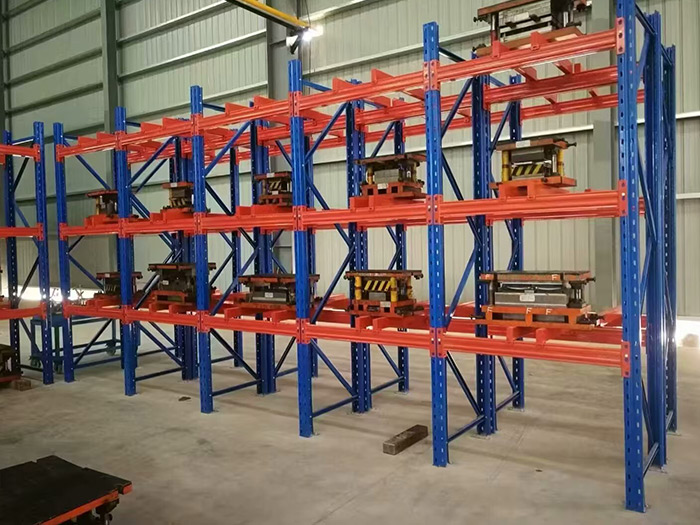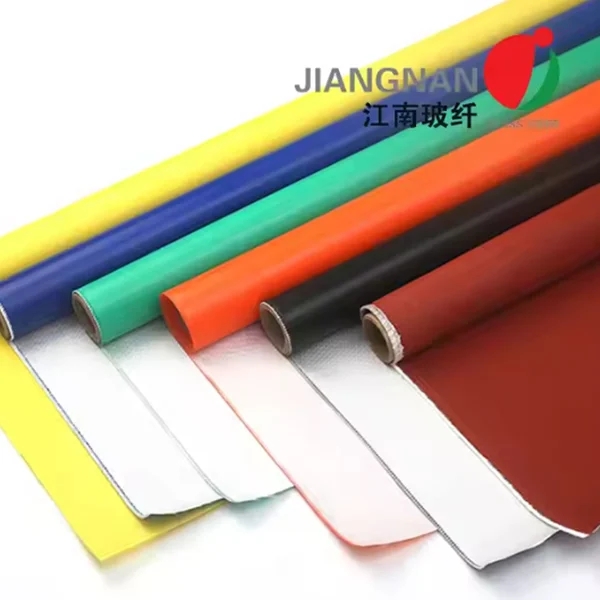Elevating Aesthetics: Expert Techniques for Refining Plywood Edges
When it comes to woodworking, the beauty of a project often lies in the details. One of the most overlooked aspects is the edges of plywood. Raw plywood edges can appear rough and unfinished, detracting from the overall quality of your work. Fortunately, there are several techniques to enhance the appearance of plywood edges, making them look polished and professional. In this article, we will explore various methods to achieve beautiful plywood edges, ensuring your projects stand out.
Understanding Plywood Edges
Before diving into the techniques, it's essential to understand the nature of plywood edges. Plywood is constructed from multiple layers of wood veneer, glued together in a cross-grain pattern. This construction provides strength and stability but can result in exposed layers at the edges. These edges can be unsightly if left untreated, leading to a less-than-desirable finish.
- Choosing the Right Edge Banding
One of the most effective ways to improve the appearance of plywood edges is by applying edge banding. Edge banding is a thin strip of material, typically made from wood veneer, PVC, or melamine, that is adhered to the exposed edges of plywood.
Types of Edge Banding:
- Wood Veneer: Offers a natural look and can be stained or finished to match the plywood.
- PVC: Available in various colors and finishes, PVC is durable and easy to clean.
- Melamine: Provides a smooth, laminate finish that is resistant to moisture and scratches.
When selecting edge banding, consider the overall aesthetic of your project and choose a material that complements the plywood.
- Proper Application Techniques
Applying edge banding requires precision and care. Here’s a step-by-step guide to ensure a flawless application:
Step 1: Measure and Cut
Measure the length of the plywood edge and cut the edge banding slightly longer than needed. This allows for trimming after application.
Step 2: Prepare the Surface
Ensure the plywood edge is clean and free from dust or debris. A smooth surface will help the adhesive bond effectively.
Step 3: Apply Adhesive
Use a suitable adhesive for the edge banding material. For wood veneer, a PVA glue works well, while PVC may require a contact adhesive. Apply a thin, even layer along the edge.
Step 4: Position the Edge Banding
Carefully align the edge banding with the plywood edge and press it down firmly. Use a roller or a flat tool to ensure good contact.
Step 5: Trim Excess
Once the adhesive has set, use a sharp utility knife or edge banding trimmer to remove any excess banding, ensuring a flush finish.
- Sanding and Finishing
After applying edge banding, sanding is crucial for achieving a smooth transition between the banding and the plywood.
Sanding Techniques:
- Start with Coarse Grit: Begin with a coarse grit sandpaper (around 80-120 grit) to level the edge banding with the plywood.
- Progress to Finer Grit: Gradually move to finer grits (220 grit and above) for a smooth finish.
- Use a Block Sander: A sanding block can help maintain even pressure and prevent uneven surfaces.
Once sanding is complete, consider applying a finish to enhance the appearance and protect the wood. Options include stains, varnishes, or polyurethane, depending on the desired look and durability.
- Alternative Techniques for Edge Finishing
If edge banding isn’t suitable for your project, there are alternative methods to improve plywood edges:
Router Techniques
Using a router with a round-over or chamfer bit can create decorative edges that soften the appearance of plywood. This technique not only enhances aesthetics but also adds a tactile element to your project.
Solid Wood Edges
For a more substantial look, consider gluing a solid wood strip to the edge of the plywood. This method provides a robust and elegant finish, allowing for more intricate designs.
Paint or Stain
If you prefer a simpler approach, painting or staining the edges can also yield impressive results. Ensure the edges are sanded smooth before applying paint or stain for the best finish.
Conclusion
Making the edges of plywood look nice is an essential step in achieving a professional finish for your woodworking projects. Whether you choose edge banding, routing, or solid wood edges, the techniques outlined in this article will help you elevate the aesthetics of your work. By investing time and effort into refining the edges, you not only enhance the visual appeal but also increase the overall quality and durability of your projects. Remember, in woodworking, attention to detail is what sets apart a good project from a great one. Happy woodworking!


